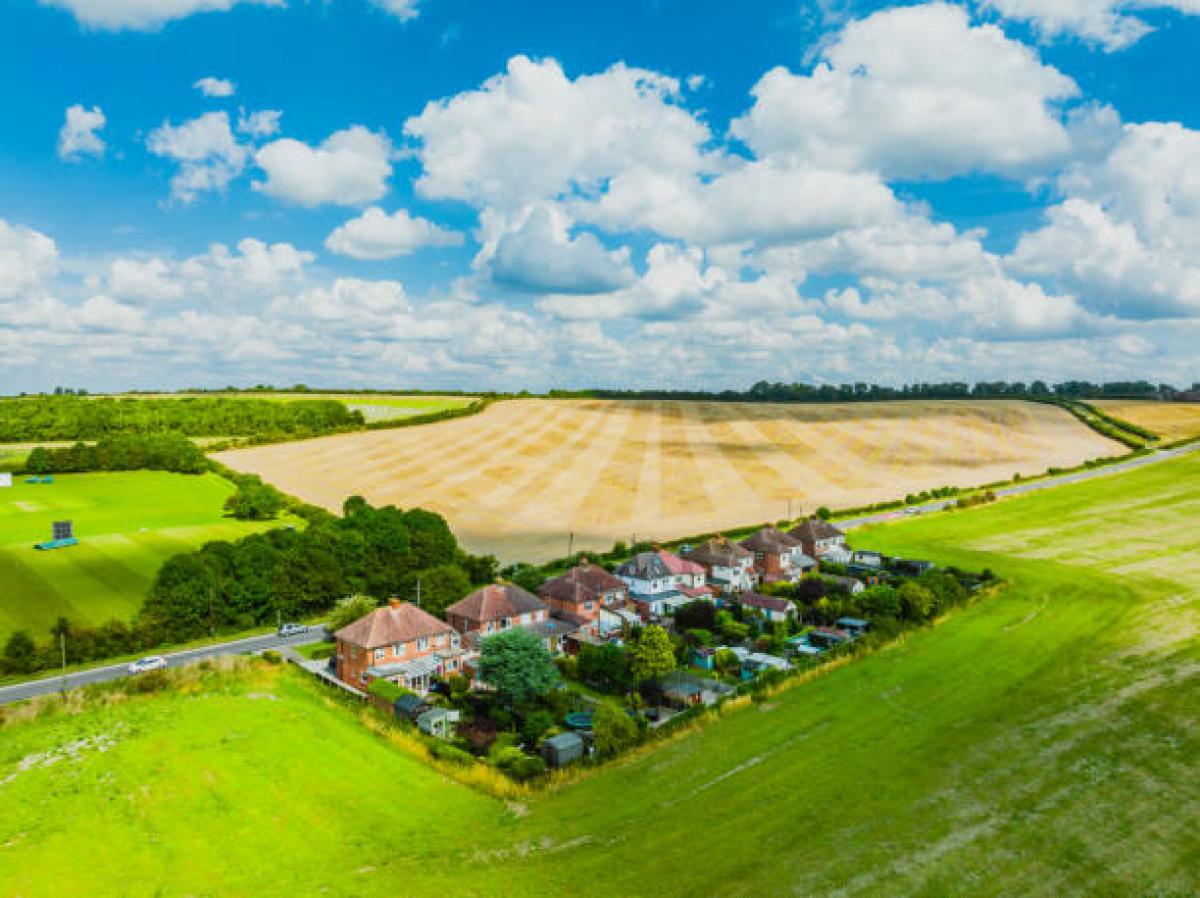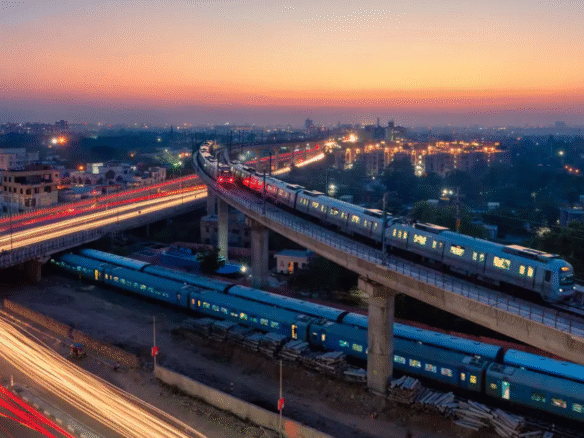Converting agricultural land to residential land is a legal process known as ‘Land Use Conversion’ or ‘NA (Non-Agricultural) Conversion’. It is mandatory before you can build any residential or commercial structure on farm land. The process, eligibility, and documentation can vary slightly from state to state in India, as land is a state subject.
Here is a general guide to the steps, requirements, and documents involved:
1. Process to Convert Agricultural Land to Residential (NA Conversion)
The conversion process primarily involves applying to the revenue or planning authority of the district.
Process Steps
- Application: The landowner must submit an application to the Collector or the Deputy Commissioner of the district where the land is located. In some states, this is done through the Revenue Department or the Town Planning Department.
- Required Documents: Submit the application along with all the necessary documents (see Section 3).
- Scrutiny and Verification: The authorities will verify the land records, check the land’s current use, and ensure there are no legal disputes or outstanding dues.
- Inspection (Optional): A site inspector or revenue officer may physically visit the land to verify the details provided in the application and assess the site’s suitability for residential use.
- Approval/Sanction: If the application meets all the criteria, the Collector will issue an NA Order (Non-Agricultural Order). This document legally permits the land to be used for non-agricultural purposes.
- Payment of Charges: The applicant must pay a Conversion Charge or Development Charge as decided by the state government and the local authority. This fee is calculated based on the area of the land and the prevailing land rates.
- Updating Land Records: After payment, the land records (like the 7/12 Utara or Khatauni) are officially updated to reflect the new ‘Non-Agricultural’ status. The land is now legally ready for residential construction.
2. Eligibility Criteria for Conversion
While rules vary, generally, the land must meet these conditions to be eligible for conversion:
- No Pending Dues: All past and current land revenue, property taxes, and government dues must be cleared.
- Clear Title: The applicant must possess a clear and undisputed title to the land.
- Master Plan Compliance: The land must fall within the area designated for residential use in the city’s Master Plan or Regional Plan. Land near irrigation projects, reservoirs, or certain ecologically fragile zones may not be convertible.
- Distance from Highway: Some states have rules regarding the minimum distance a residential plot must maintain from a national or state highway.
- Purpose: The intended use (e.g., residential) must be clearly stated in the application.
3. Essential Documentation
The following documents are typically required for an NA conversion application:
- Application Form: A duly filled and signed application form (usually available at the District Collector’s office or online portal).
- Proof of Ownership:
- Record of Rights (RoR) or 7/12 Extract (Saat Baara Utara): The most important document proving ownership and land history.
- Mutation Certificate: Showing the transfer of ownership.
- Sale Deed (विक्रय पत्र) Copy: The original or certified copy of the registered sale deed.
- Land Survey Map: A certified copy of the land survey map showing the plot’s boundaries and dimensions.
- Zonal Certificate: A certificate from the Town Planning Authority confirming that the land falls within the Residential Zone of the Master Plan.
- No Dues Certificate: A certificate from the Village Accountant or Tehsildar confirming that all land revenue and taxes have been paid.
- Receipt of Conversion/Development Charges: Proof of payment for the required fees after the initial approval.
- Affidavit: A sworn affidavit stating that the applicant is the legal owner and that the land is free from encumbrances (disputes or legal issues).
- Site Plan: A detailed plan showing the proposed layout and development for the residential construction.
Process:
- Verify land zoning and permissible conversion with local planning authority.
- Apply for conversion at the District Collector/Tahsildar office or online state portal.
- Submit required documents (ownership papers, tax receipts, layout/site map, etc.).
- Obtain No Objection Certificates (NOCs) from relevant departments (environment, water, electricity).
- Pay the conversion fee set by the local revenue department.
- Receive the official Land Use Conversion Certificate, permitting residential use.
Eligibility:
- Applicant must be the legal owner of the land.
- Land should be non-fertile (dry or unused) in many states.
- Land must comply with the local zoning/master plan and not be restricted for agricultural use only.
- Conversions are generally restricted for fertile or irrigated land unless permitted under state law.
Required Documentation:
- Identity proof (Aadhaar, PAN)
- Land ownership documents (sale deed, title deed)
- Record of rights, tenancy and crops (RTC)
- Mutation certificate
- Tax receipt for paid land revenue
- Site/plot/layout plan
- No Objection Certificates (NOCs) from relevant authorities
- Proof of occupancy
- Affidavit stating purpose of conversion.
Note: Conversion rules, fees and application authorities may differ by state—always check your state’s official portal or local office for specific requirements.






Join The Discussion